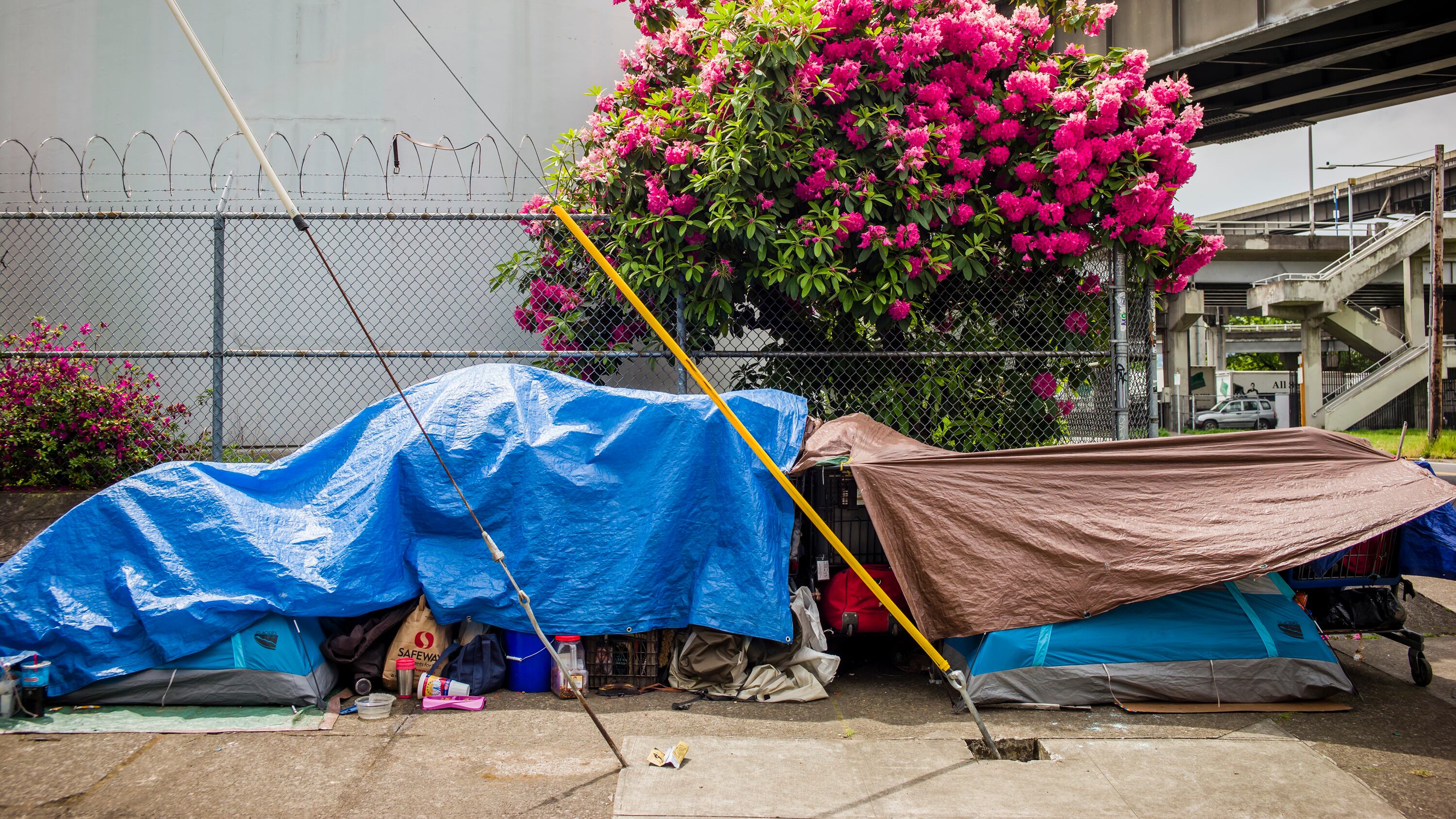A couple of weeks ago, WW wrote about a new tax deal, championed by Multnomah County Chairwoman Deborah Kafoury, to use $5.25 million a year from rental car and hotel room taxes to fund the Joint Office of Homeless Services ("Checking In," WW, Dec. 12, 2018). Currently, the tourism tax dollars fund an expansion at the Oregon Convention Center and marketing at Travel Portland. Here's what readers think about spending some instead on housing the homeless.
Rekni McGuire, via Facebook: "As a business traveler, I love this idea."
Penny Woods, via Facebook: "What a concept. Utilizing revenue for community needs, not corporate profits."
David Barwick, via Facebook: "This is the cost of being a sanctuary city. Pay for your own homeless. Don't tax strangers that come from a state that cooperates with law enforcement."
Adrien Thebo, in response: "Being a sanctuary city has nothing to do with homelessness. Many of the homeless are displaced Portlanders that lost their houses due to financial disaster, others struggle with mental health."
Kevin Moore, via Facebook: "This plan won't solve the homelessness crisis, but it will alleviate suffering."
Twilight of the Streetcars
Hey, Marty: The last streetcar was in January 1958 [Dr. Know, WW, Dec. 12, 2018].
As a child, after coming to Portland in August 1955, I was privileged to ride the Oregon City Portland Traction Company line part of Rose City Transit that failed to pay its graft or fees in 1957 during the construction of the temporary east-end ramp for the Hawthorne Bridge (which was replaced some 40 years later). Thus, the curved section was not laid, so the line would approach the bridge but not cross it. I was privileged to remember a very scenic ride (one of many) from 96th and Flavel in December 1955 at age 4, when my mother, paying a thin, silver dime, would take my little brother and me to Meier & Frank (now the closed Macy's) to see Santa Claus. It was snowing! The conductor wore a duck-billed hat, shined. He also had a big, white-haired handlebar mustache and a smile from ear to ear. It was an open-air car, but all were bundled for the cold ride to town. For my 4-year-old mind, it was magic. For my mother, it was a connection to her childhood growing up in Tacoma with streetcars before they disappeared at the end of WWII. She went crazy that year of 1958. Or, at least, it was the first of her many bipolar episodes.
This is no hallucination, as it really happened before I even knew of LSD.
-Wesley Ellis | Southeast Portland
Marty Smith responds: Thanks for writing. According to my sources, city streetcar service proper ended on Feb. 26, 1950. However, interurban rail service, a slightly different thing, did continue until 1958. I grant the distinction may not have been obvious to contemporaneous riders, especially since, in the early days at least, trips to such exotic destinations as Albina and Sellwood counted as "interurban."
At any rate, it does seem most folks consider the end of electrified passenger rail writ large to be a more significant event than the end of streetcar service itself. Thus, you're probably right I shouldn't have tried to make such a hair-splitting distinction in a 350-word column. Derp on me.

